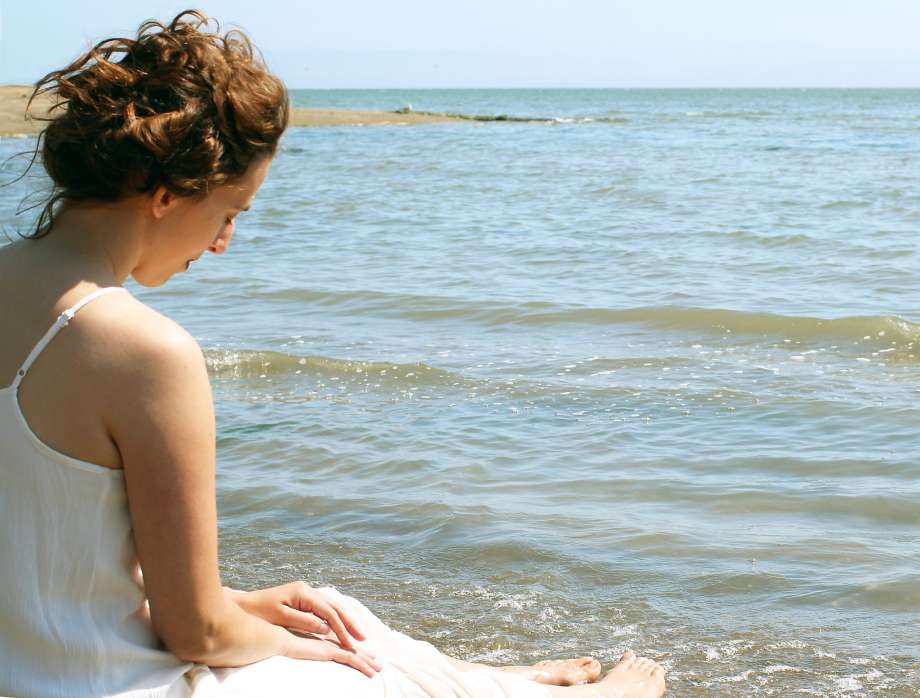By the Editors of KateChopin.org
You’ll find on the menus at the top of the page links to pages devoted to Chopin’s two novels and twenty of her more popular short stories.
The pages offer guidance about trustworthy texts of the works as well as information about when each work was written and published and basic facts about setting and characters. We close each page with an up-to-date list of articles and books about the work. And we explain on our Themes page what in general critics have been saying over the years about Chopin’s choice of subjects and themes.
Citing the Site
If you’re suggesting that your students refer to this site, you might want to call their attention to our help for citing information on it.
Having Your Students Send Questions to the Site
You may want to suggest that your students check our policy about questions that we can answer. We would like to be as helpful as possible, and we are happy to answer questions, but we do not want to position ourselves between you and your students.
Teaching Kate Chopin’s Biography
If you want your students to know something about Kate Chopin’s life, our Biography page offers a short summary of what scholars have learned. The internet contains a good deal of speculative misinformation about Chopin. We seek to be careful about what we post, to draw upon the most accurate information scholars have uncovered.
Teaching The Awakening
If you’re working with The Awakening, you may find useful some of the questions and answers on our page for the novel–questions about the possible banning of the book, about the French expressions in it, about how to pronounce the names of characters, and about other matters.
And if you’re teaching in a high school, you may want to look at a three-lesson curriculum unit for teaching The Awakening to students in grades 9 through 12 posted by the National Endowmnet for the Humanities.
Teaching “Désirée’s Baby”
If you’re teaching “Désirée’s Baby,” you’ll see that visitors to this site have posed some important questions about the story.
Using Visual Information about Kate Chopin
If you’re looking for visual information about Kate Chopin, you may want to check our popular culture page and other pages on this site where you’ll find links to announcements about films, dance and theatre productions, operas, a graphic short story, a screenplay, television connections, etc. Several announcements in particular may be of interest:
A graphic (comic-book) short story based on “The Story of an Hour”
A Christmas opera based on “The Story of an Hour”
Two films based on The Awakening
St. Paul Theatre Company’s production of The Awakening
A novel about a production company making a film of The Awakening
Working with Second-Language Students Reading Kate Chopin
If some of your students are not yet fluent in English, you might want to guide them to a version of Chopin’s “A Pair of Silk Stockings” read in “Special English,” used by the Voice of America to “communicate by radio in clear and simple English with people whose native language is not English.” You can point them also to a version of Chopin’s “Athénaïse” read in “Special English.”
If you have comments about the site or suggestions for improving it, would you please contact us?
High School Lesson Plans for The Awakening from the National Endowment for the Humanities
The National Endowment for the Humanities has posted a three-lesson curriculum unit for teaching Kate Chopin’s The Awakening to high school students in grades 9 through 12.
The unit includes an overview, guiding questions, learning objectives, and preparation instructions.
The first lesson is called “Kate Chopin’s The Awakening: No Choice but Under?” Lesson two focuses on “Realism and Local Color in Late 19th Century America.” And lesson three concludes the unit with “Searching for Women & Identity in Chopin’s The Awakening.”
The unit also contains extensive lesson activities, assessment suggestions, resources, and ideas for extending the lessons.
A Graphic Short Story Based on “The Story of an Hour”
Cartoonist Gabrielle Bell’s newest book is called Cecil and Jordan in New York (Drawn and Quarterly, 2009). It’s a collection of short works.
Here is the first page of a story called “One Afternoon”:

The New York Times says Cecil and Jordan in New York “is narrated by a young woman who’s just moved to the city with her filmmaker boyfriend; it’s a clear-cut tale of impecunious 20-something artists until halfway through, when the narrator abruptly transforms herself into a chair (click on “Look Inside” the book) gets taken home by someone who finds her on the sidewalk and decides that her old life won’t miss her. The engine of these mercilessly observed stories is squirminess: emotional awkwardness so intense that it can erupt into magic or just knot itself into scars.”
An important Kate Chopin Filmography at IMDb.com
IMDb.com, the Internet Movie Database, includes a filmography of works based on Kate Chopin’s fiction. The listing includes at least nine films–long and short–made between 1956 and 2022.
Films Based on The Awakening
In 1991, Mary Lambert directed the made-for-cable version of The Awakening, called Grand Isle, with Kelly McGillis playing Edna Pontellier.

Also, earlier, in 1982, director Bob Graham did a feature-length version of the novel called The End of August. It’s apparently no longer easily available, but you may be able to find a VHS copy:

There is, in addition, what many critics consider a fine novel by Robert Stone called Children of Light, about a production company making a film of The Awakening using a performer struggling with some of the same issues that Edna struggles with.

